
MIND & BODY
STAYING
Composed
Dr Kirsten van Heerden discusses why closing in on a personal milestone often brings added pressure of expectation and a test of self-belief
By GAVIN GROVES

Picture this: You’re standing on the 18th tee, pencil still warm from marking your scorecard. All you need is a bogey to finally break 90. You’ve played beautifully up to this point. But suddenly your grip feels tighter, your heart is pounding, and you can’t seem to stop imagining the ball sailing into the trees. Worse still, you’re convinced that the group behind you is watching, waiting to see if you can do it.
If this sounds familiar, you’re not alone. For many golfers, pressure creeps in precisely when we’re on the edge of achieving a milestone – whether it’s breaking 100, 90, or 80. And that pressure only multiplies when we feel like eyes are on us. But why does our mind ‘betray’ us just when it matters most, and more importantly, what can we do about it?
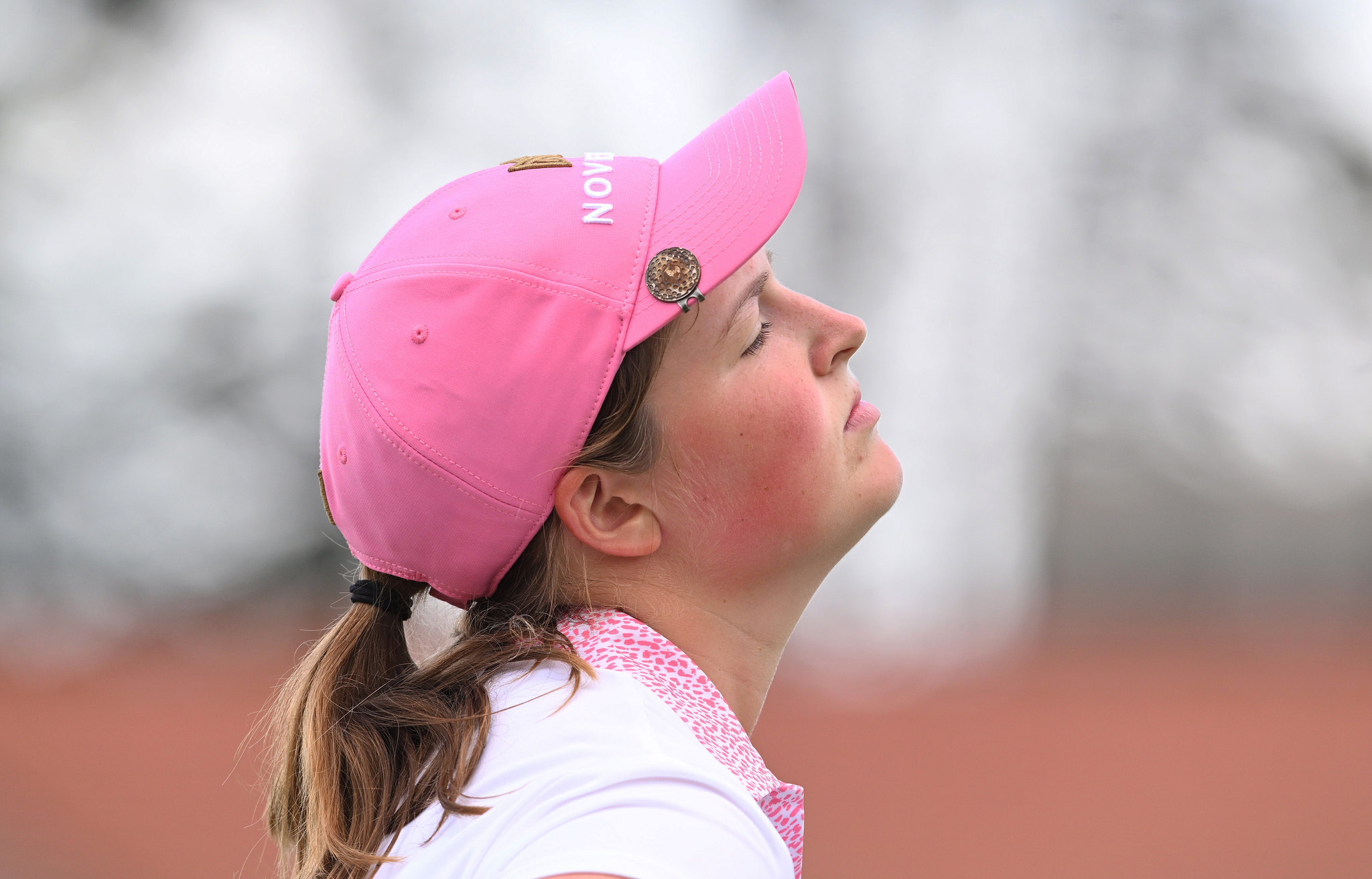
WHY MILESTONES MATTER SO MUCH
Our brains love goals. They give us a sense of progress and achievement. But when you’re close to hitting one, your focus shifts from process to outcome. Instead of thinking about your processes, your brain is busy projecting into the future: ‘If I just par these last two holes, I’ll finally break 90.’ Psychologists call this an ‘outcome focus’ trap. The closer we get to the finish line, the more pressure builds, and the harder it is to stay in the present moment. All athletes feel it. Cricketers feel it when they’re on 98 runs and suddenly every delivery feels loaded with extra meaning. Sprinters feel it in the last 10m of a race, when their bodies tighten as the finish line looms. Golfers are not exempt from this psychological trap!
WHY BEING WATCHED MAKES IT WORSE
If you’ve ever felt more nervous with people watching, that’s not your imagination. Our brains are wired for social evaluation – in other words, we deeply care what others think of us. This instinct goes back thousands of years, when reputation and acceptance in a group meant survival. On the golf course, this translates into nerves when people are watching you play. Physiologically, your heart rate spikes, your grip tenses, and your muscles tighten — not exactly ideal for a smooth swing. We then double down on the ‘outcome focus’, often thinking ‘Now I have to get this shot on the fairway' or ‘I can’t afford to miss this putt’, which makes things worse!
Here’s the good news though: those physical signs of pressure are actually your body’s way of preparing you to perform. The trick is not to eliminate nerves, but to reinterpret them.
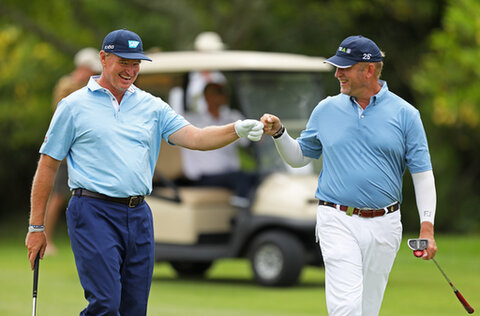
WHAT ERNIE ELS SAYS
‘Pressure is a funny thing. Some golfers on a great score will fall apart towards the end of the round. Most will privately confess to getting a little defensive. Others, admittedly a very small minority, continue to play their own game.’
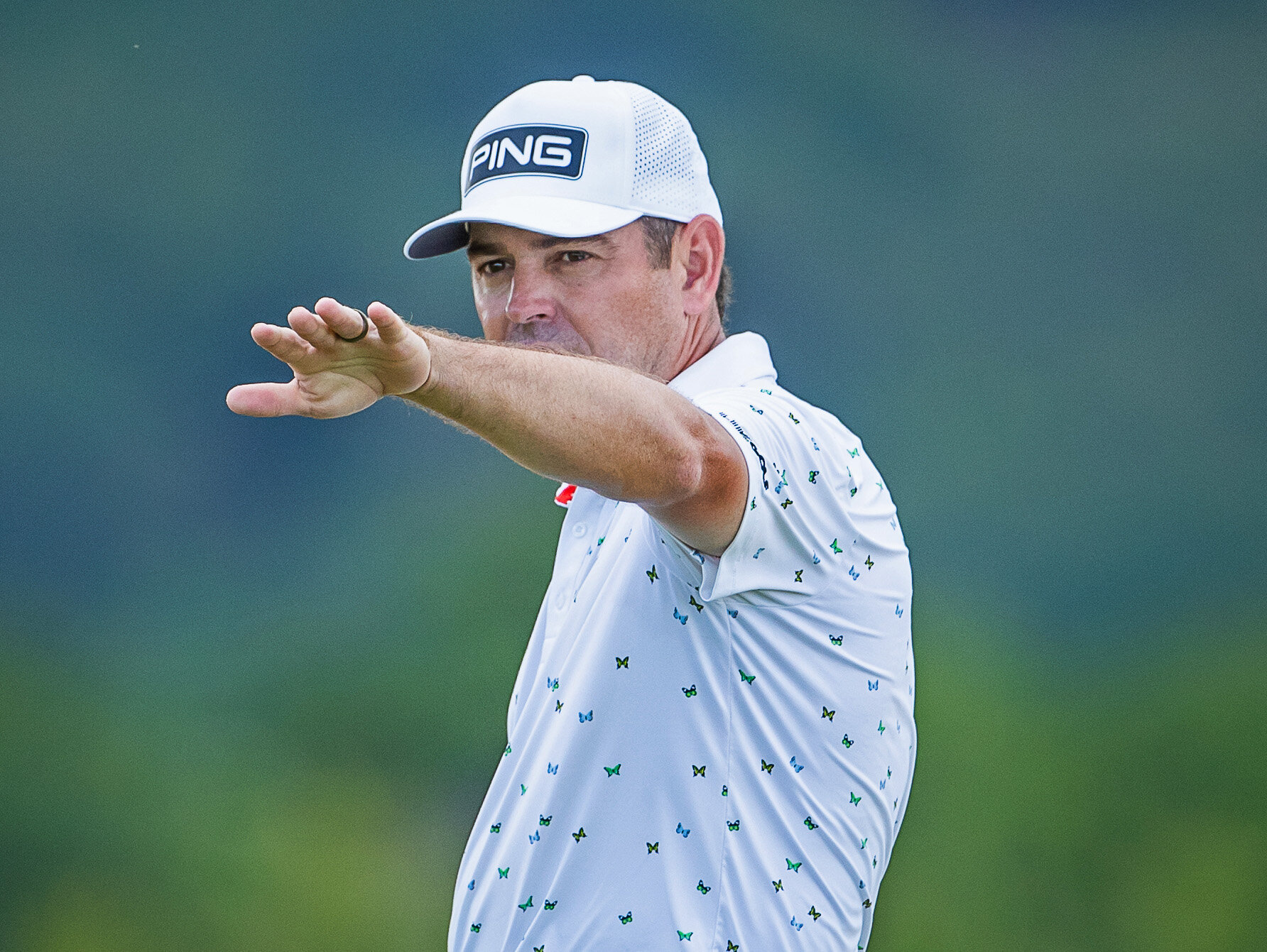
WHAT LOUIS OOSTHUIZEN SAYS
‘Under pressure, routine is so important. Take more club and don’t try hitting the skull out of the golf ball. And on the greens, so many times you see amateurs always come up short; you never really see someone going past the pin. That’s because they always think they hit it further than they do.’
WHAT THE RESEARCH SAYS
A study by Kingsbury and colleagues found that when amateur golfers were watched and evaluated, their putting strokes physically changed – quicker forward strokes, tighter grips, less putter face rotation. Some golfers, however, actually holed more putts under this pressure. The difference? Those with low somatic anxiety — fewer physical signs like racing hearts or tense muscles – were able to channel the situation as a challenge rather than a threat.
But here’s the key: that calmness doesn’t just ‘happen’.
Learning to relax and stay composed under pressure is a skill you can learn.
Psychologist Lisa Feldman Barrett’s research shows that emotions are not hard-wired reflexes, but are constructed experiences. Your brain takes the signals your body sends – a fast heartbeat, sweaty palms, tight muscles – and then predicts what they mean based on past experiences. If every other time you’ve felt your heart race on the golf course you told yourself, ‘I’m nervous’ your brain learns to predict panic.
The good news? You can give your brain new data to work with. By deliberately practising different ways to interpret these signals, you can train it to make new predictions: that same pounding heart can mean excitement, readiness, or focus. Over time, these new interpretations become your brain’s default.
5 WAYS TO RETRAIN YOUR BRAIN
- Name it differently: When your heart races, tell yourself, ‘This is my body gearing up to help me perform,’ not ‘I’m falling apart’.
- Pair signals with success: Practise pressure putts in training with people watching. Each time you succeed, your brain stores a new association: nerves + success.
- Create a reset cue: Use a word like ‘smooth’ or ‘ready’ as you breathe out, linking the physical signal to a calming thought.
- Rehearse under pressure: Put yourself in small pressure situations regularly (club comps, friendly bets, practice with an audience). Exposure helps your brain learn that nerves don’t equal failure.
- Breathe! It is amazing how one or two deep breaths (with a long controlled exhale) can make a difference and physically release tension in our body. While breathing out, focus on relaxing your shoulders or your grip on the club to loosen up.
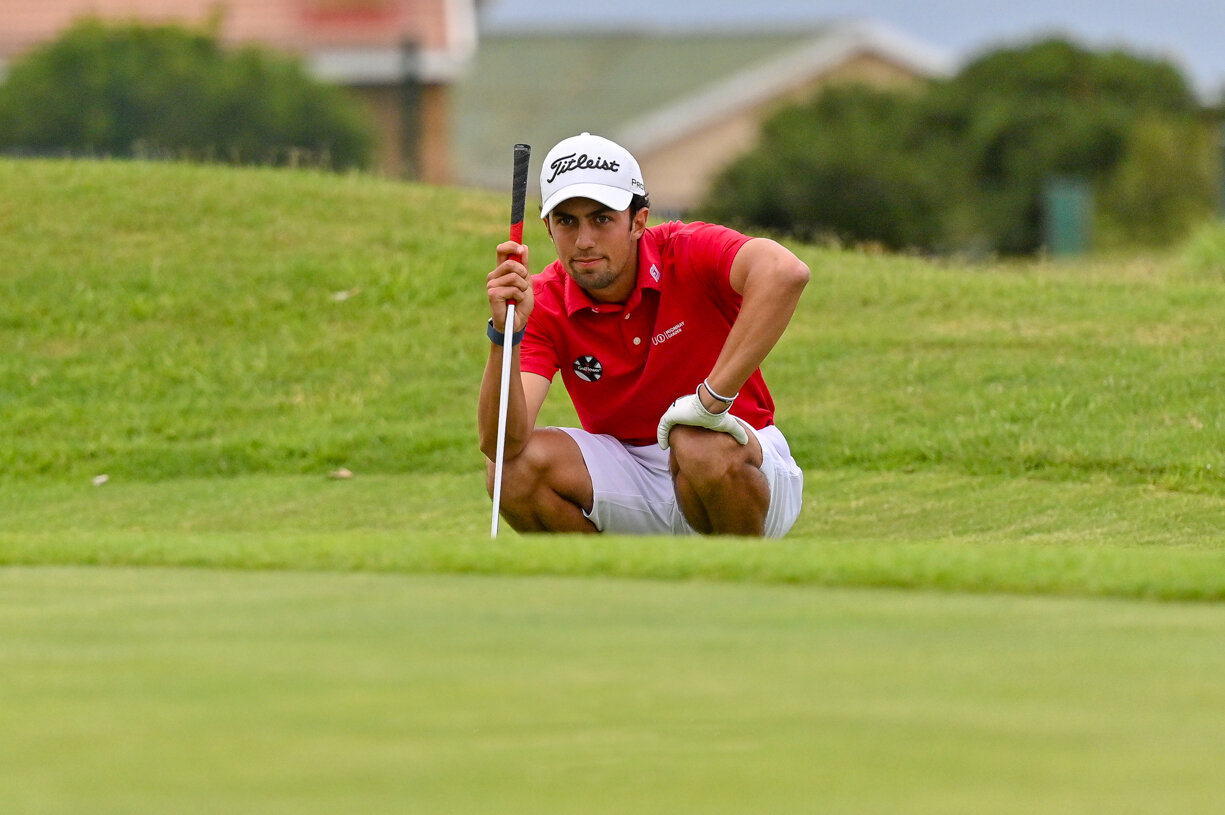
By giving your brain new experiences and scripts, you shift its predictions. Instead of reading a racing heart as danger, it learns to read it as energy you can use. Breaking a milestone score is as much mental as it is physical. The paradox is that the pressure moments we dread are also the ones that make golf so addictive. They’re the stories we tell afterward, the memories we replay… and the reason we keep coming back.
About the author
Gavin Groves graduated in biokinetics from the University of Pretoria in 2007 and started working as a golf fitness professional at the World of Golf. A year later, he started his journey with the Titleist Performance Institute. He is also an AA-member of the PGA of South Africa. He joined the University of Pretoria's High Performance golf programme in 2013. In 2018, he moved to the DP World Tour, while he also counts numerous past and present Sunshine Tour professionals as clients. He has been the full-time fitness consultant of the GolfRSA National Squad since 2017 and worked with some of the best SA amateur golfers.
Gavin Groves graduated in biokinetics from the University of Pretoria in 2007 and started working as a golf fitness professional at the World of Golf. A year later, he started his journey with the Titleist Performance Institute. He is also an AA-member of the PGA of South Africa. He joined the University of Pretoria's High Performance golf
Gavin Groves graduated in biokinetics from the University of Pretoria in 2007 and started working as a golf fitness professional at the World of Golf.
A year later, he started his journey with the Titleist Performance Institute. He is also an AA-member of the PGA of South Africa. He joined the University of Pretoria's High Performance golf
programme in 2013. In 2018, he moved to the DP World Tour, while he also counts numerous past and present Sunshine Tour professionals as clients. He has been the full-time fitness consultant of the GolfRSA National Squad since 2017 and worked with some of the best SA amateur golfers.
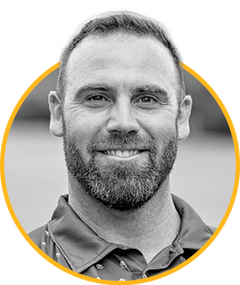

About the author
Dr Kirsten van Heerden represented South Africa at swimming and holds a PhD in sport psychology. She has worked and travelled extensively within high performance sport for more than 15 years. She has authored a book, Waking From the Dream, on the challenges athletes face when they retire from elite sport. In her podcast ‘Behind the Dream’ she talks with some of the world’s best athletes about the ups and downs of being a professional athlete. She is also the founder and chairperson of Girls Only Project – a non-profit company focusing on women in sport issues. She is in private practice at Newton Sports Agency.
About the author
Dr Kirsten van Heerden represented South Africa at swimming and holds a PhD in sport psychology. She has worked and travelled extensively within high performance sport for more than 15 years.She has authored a book, Waking From the Dream, on the challenges athletes face when they retire from elite sport. In her podcast ‘Behind the Dream’ she talks with some of the world’s best athletes about the ups and downs of being a professional athlete. She is also the founder and chairperson of Girls Only Project – a non-profit company focusing on women in sport issues. She is in private practice at Newton Sports Agency.
Dr Kirsten van Heerden represented South Africa at swimming and holds a PhD in sport psychology. She has worked and travelled extensively within high performance
sport for more than 15 years.She has authored a book, Waking From the Dream, on the challenges athletes face when they retire from elite sport. In her podcast ‘Behind the Dream’ she talks with some of the world’s best athletes about the ups and downs of being a professional athlete. She is also the founder and chairperson of Girls Only Project – a non-profit company focusing on women in sport issues. She is in private practice at Newton Sports Agency.





